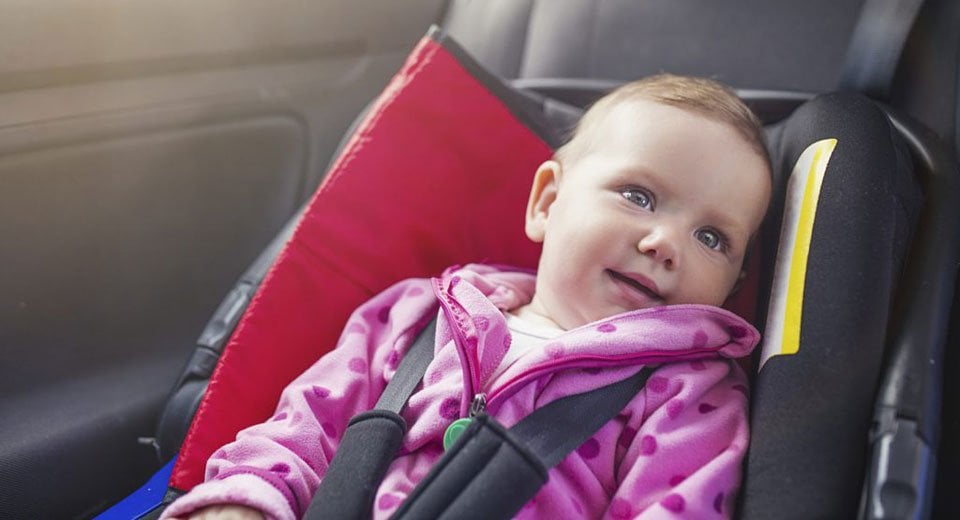‘There’s no safe time to leave a child in a car’
Ten minutes. That’s the amount of time it takes the inside of a car to heat up 20 degrees, even if the windows are partly open, according to Safe Kids Worldwide, a global organization dedicated to preventing injuries in children,
Zero minutes. That’s the amount of time it’s safe to leave an unattended child in a car, according to Roshann L. Hooshmand, MD, of Cape Cod Pediatrics in Forestdale.
“Heat stroke can happen within minutes,” said Dr. Hooshmand. “The message is, and has always been, there’s really no safe period of time to leave a child unattended in a vehicle.”
Every year infants and young children die when left in hot vehicles – 24 so far this year around the U.S.
The vast majority of children that have heat stroke are left in a car because someone forgot they were there, said Dr. Hooshmand.
“A few are left knowingly, when someone runs into a store, for example. A few get locked in the car because they’re playing in the car.
“Research has shown that people think if they put the windows down a little bit, it will be safe, but it’s really not. It doesn’t cool down the inside of a car. People don’t realize how quickly things heats up in a closed car, particularly in the summer.”
Even on a moderate day of 60 degrees, temperatures inside a car can reach 110 degrees, according to the National Highway Transportation Safety Administration.
Children are at greater risk of heat stroke than adults, said Dr. Hooshmand.
“Kids are highly susceptible to temperature-related illness and injury because their bodies make more heat relative to their size, due to their higher metabolic rates, and their decreased ability to cool themselves through sweating. They can’t dissipate the heat or cool their bodies down as efficiently as adults.”
A child’s body heats up three to five times faster than an adult’s body, according to Safe Kids Worldwide.
Parents and caretakers should never leave a child alone in a car, even if they’re just making what they think will be a quick trip into a convenience store, Dr. Hooshmand said.
“There’s no safe amount of time, even if you think you’ll just be gone for a minute,” she said. “Use drive-throughs or take your child with you.”
To a child, a parked car can seem like an attractive play space. But a child may get drowsy in a warm car and then suffer from heat stroke.
“Parents should always lock the cars, even in their driveway, and not have their keys readily accessible,” said Dr. Hooshmand.
The greater risk is when parents are driving and forget that a child is in the car.
“It can happen to anyone,” said Dr. Hooshmand. “We’re all human. Every one of us leads a busy life. It’s important to take the time to slow down, be organized and be mindful of what we’re doing.”
Mental reminders can be helpful, either putting a note on the dashboard reminding you that you have a baby in the car, or leaving your cell phone, briefcase or pocketbook in the back seat next to the car seat, she suggested.
If you’re in a parking lot on a warm day and see a child in a car, don’t hesitate to get involved, she said.
“Call 9-1-1 and get that child out no matter what.”
